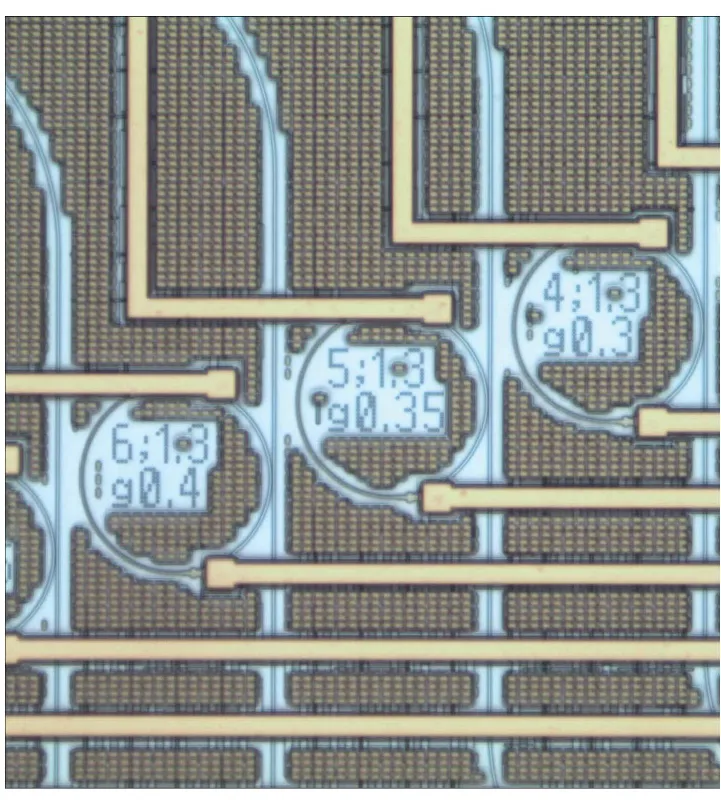Harnessing the Quantum Future: Breakthrough in Squeezed Light from Nanophotonic Microcombs

A groundbreaking research paper has unveiled a new frontier in quantum optics by presenting highly squeezed nanophotonic quantum microcombs. This innovation introduces significant advancements in quantum noise reduction, demonstrating a novel approach that may redefine quantum sensing and computing technologies.
The Significance of Squeezed Light
Squeezed light is critical in achieving quantum advantages for various applications, such as enhanced sensing and quantum computation. This form of light reduces uncertainty variances below the standard quantum limit, allowing for improved precision in measurements. The challenge has been to create sources of squeezed light that are both powerful and versatile in nanophotonic settings, where size and scalability play major roles.
A Novel Method for Squeezing
The researchers, based at the University of Maryland and National Yang Ming Chiao Tung University, developed a below-threshold optical parametric amplifier (OPA) that enables significant squeezing levels of 5.6 dB ± 0.2 dB — surpassing previous methods in this domain. This advancement is particularly impressive as it allows for a broader range of operation, with simultaneous multiple distinct quantum modes, also referred to as qumodes.
Key to their approach was a 'seed-assisted detection technique' that utilizes weak seed signals to stabilize and generate bright squeezed states of light. This technique helps in achieving higher levels of squeezing while maintaining the light's usability in practical applications.
Boosting Quantum Frequency Combs
The research demonstrated the ability to create a quantum frequency comb (QFC) of 16 qumodes, spaced 11 THz apart. This capability is vital for future applications that require fast and accurate sensing over multiple frequency channels. By controlling the frequency of these modes, researchers can bridge gaps and create flexible, tunable light sources essential for high-speed quantum communication and computation tasks.
Implications for Future Technologies
The breakthroughs achieved by these researchers indicate a scalable, chip-integrated approach to quantum sensing and continuous-variable quantum information processing — potentially paving the way for compact quantum sensors that can operate across diverse applications like molecular spectroscopy, gravitational wave detection, and beyond.
Moreover, their findings highlight the ongoing transformation in integrated quantum photonics, which may lead to photonic devices capable of generating and manipulating quantum states of light more efficiently. Unlocking the full potential of nanophotonic squeezed light could revolutionize how we build future quantum technologies.